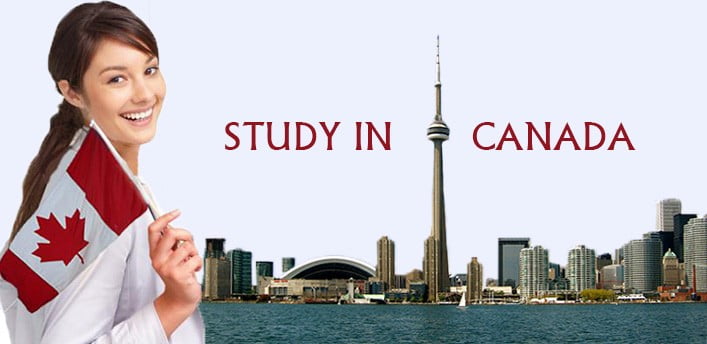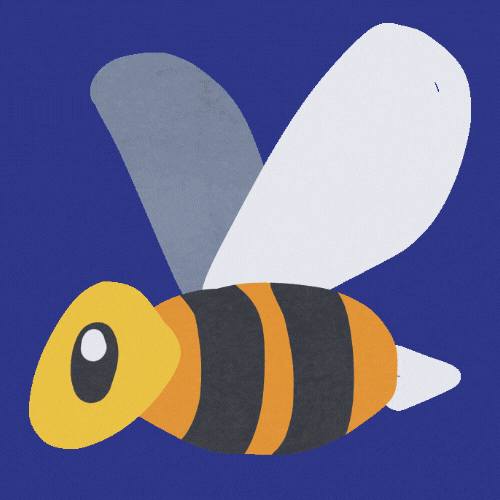
Canada has a powerful and well-funded public education system, which is mostly handled at the provincial level. Under the Canadian constitution, education is a provincial duty, hence there are major variances between the education systems of the various provinces. In all provinces, school attendance is required until the age of 16, except for Manitoba, Ontario, and New Brunswick, where the required age is 18.
Education, on the other hand, is very important to Canadians, and standards are consistently high across the country. One should consider the type, size, and location of the institution while selecting a school in Canada. If you’re interested in a specific field of study, look into which colleges you have more options in that field.
main difference between Colleges and Universities is in that, if you are looking forward to an applied career you will enroll in a College whereas if you aim for an academic career your choice would be the University.
High school grades are rather an important parameter when applying in either a College or University in that the majority of tertiary institution will acquire 70% and over average grade (*Some prestigious colleges will require an average of 85% and above) in order to consider your further documentation.
In order to get admitted in a Canadian tertiary education institution there are requirements students will have to meet, whether it Is an undergraduate or a postgraduate program. Depending on the field of studies, programs and other relevant factors competition can vary.
Tertiary institutions have a limited number of students that are accepted yearly in various departments thus, it’s common to get quite competitive among generations. High school students pose the greatest risk since everything they already know is fresh, they are psychologically and morally prepared and very eager to get in. The two essential criteria are thus, high school grades/performance as well as language skills be it English (in most of the provinces) or French in francophone ones.
The major subject remains, Social Sciences, Natural Sciences, Business and Arts yet once you decompose them, a bubble full of different subcategories will burst leaving you with unlimited options which can be confusing.
Post-secondary education refers to any educational program that takes place beyond the twelve-grade elementary and secondary school system. Canada is known as a leading country in providing the world’s greatest post-secondary education. There are several sorts of post-secondary education, each with its own set of goals. The completion of compulsory schooling in Canada is marked by high school, often known as “senior high school” or “secondary high school.”
As for secondary education, Canada offers some of the best choices for high school students and prepares them for the next phase of education, attending university or college. Secondary education is normally for children aged 12 to 18, starting with grade 7. In all provinces, students conclude secondary education by grade 12 except Quebec since its students enroll in a pre-college or university program after Grade 11.
Canadian public high schools are publicly funded and managed by the government. On standardized tests, Canadian public high school students consistently place near the top of the globe. Additionally, diplomas from Canadian high schools are accepted all around the world. International students can study in English, French, or both in most places of Canada.
Some provinces have their own education system, which includes religious classes. This is a public school that is open to all students. Residents of Canada are entitled to free public secondary or high school education. For overseas students, several schools charge fees that can vary from CA$8,000 to CA$14,000 per year.
In Canada, private schools can be found in every region and offer an appealing alternative for secondary school students. Although private schools charge tuition, they are required to follow the same curriculum as public schools in the province or territory. This guarantees that pupils follow the same course of study as students in public schools. Some private schools offer a religious program in addition to traditional academic disciplines. Private schools are often set up exclusively for boys or exclusively for girls.
To enroll in an elementary school in Canada, students may be required to demonstrate that they have:
- Completed specific grades that correlate to Canadian grade levels
- Proof of Language proficiency in English or French
- Their home country’s school results or report cards
- University of Toronto
- McGill University
- University of British Columbia
- Université de Montréal
- McMaster University
- Western University
- University of Calgary
- Queen’s University
A college is a post-secondary educational institution that, with some exceptions, does not confer degrees. Instead, they usually issue certificates and/or diplomas as a conclusion of their programs. When compared to universities, college programs are more immediately career-oriented. Language training is a common course offered by colleges to increase a person’s abilities and employability. A college graduate could undergo hands-on, practical training in a marketable skill, such as graphic design or cooking


